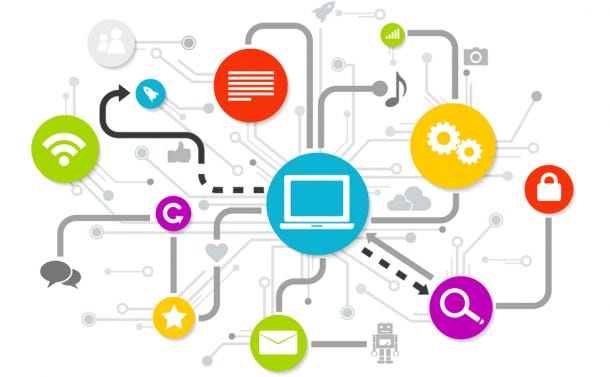The High Cost of Deep Learning
Have you ever put on a sweater because the air conditioning was too cold? Forgotten to turn off the lights in another room before heading to bed? Do you commute to work more than 30 minutes every day just for the sake of “filling seats” at the office, even though everything you do at work could be done via laptop from home?
In the counter-intuitive trade-offs between sample and computational efficiency in Reinforcement Learning, choosing evolution strategies can be smarter than it looks.









